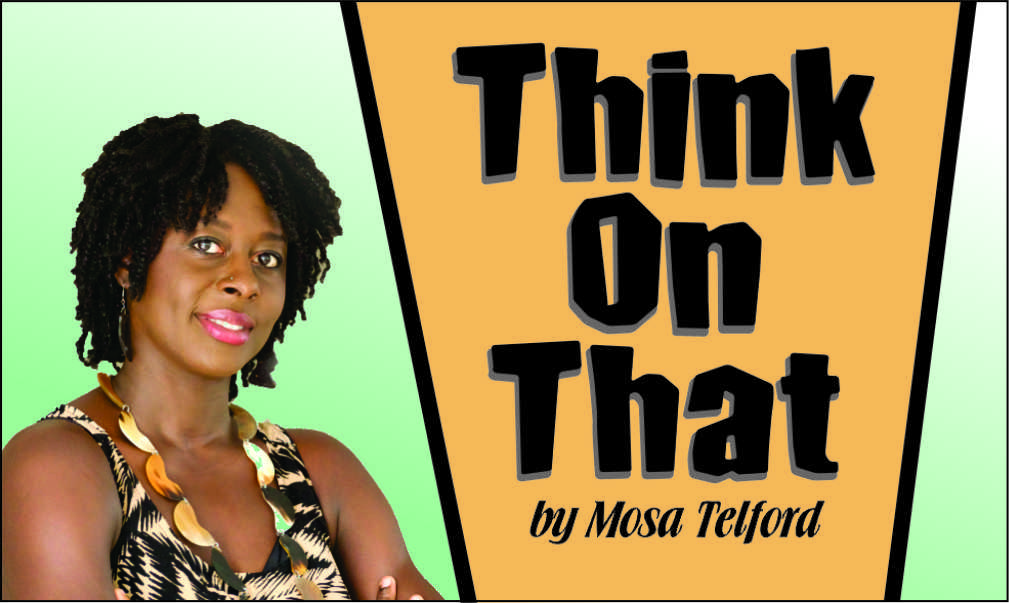Some of the streets to enter Annandale from Buxton, on the East Coast of Demerara, are blocked and bridges have been removed. The blockages and the removal of the bridges occurred during the disturbances between 2002 and 2008, where gangs held the villages of Buxton and Friendship hostage and there was an intensified presence of the Joint Services in the communities.

Most of the gangs disappeared by 2008 because of death or imprisonment. Slowly, things in the villages returned to normal. Today, however, the barriers that block villagers from Buxton from entering some streets of Annandale are still there even though there is regular mingling between the inhabitants of both villages. Many Buxtonians shop at the Annandale market week after week and support the supermarket and shops within that community. Many children from Buxton attend school in Annandale and vice versa. Yet, there seems to be no effort to remove the blockages and replace the bridges at the streets in question.
This symbolises the disunity in sections of the major ethnic groups in Guyana. Annandale has a larger Indo-Guyanese population, while Buxton has a larger Afro-Guyanese population. The blockages represent those who choose to shut themselves off from opening up to the idea that, regardless of skin colour or background, we all are one and our identity as Guyanese should come first if we truly want to move forward as a nation. The removed bridges symbolise the gaps between the ethnic groups and the unwillingness of some to build partnerships that will aid in national unity.
I believe that the Guyanese who promote racism represent a minority. Nevertheless, the ignorance that is perpetuated by them affects the general wellbeing of the country.
From the time I became aware of who I was as a person and what it meant to be a human being, it always baffled me that there are issues between the two major ethnic groups in this country because of the concept of “race.” I see no need for it. Skin colour, for example, has always been a non-issue for me between Indo-Guyanese and Afro-Guyanese because when you look at us, there are both light-and dark-skinned people in both these groups and so much beauty. Nevertheless, our history tells us that while on the plantations the slave-masters would have played a part in causing division between the two major ethnic groups. “Meanwhile planters took advantage of the possibilities of manipulating existing racial separation or tension between Africans and Indians. The notion that races should help police each other was at the centre of the racially divisive policy of the colonial estate,” Dr Walter Rodney wrote in the chapter titled ‘Race as a Contradiction among Working People,’ in his book A History of the Guyanese Working People, 1881-1905.
While I was growing up in Buxton, it was often reported that there was harmony between Indians and Africans who occupied the village before the disturbances in the 1960s, which saw most of the Indians migrating out of the village. It was quite disappointing that the fight for political power affected the country in such a way and caused death and permanent scars for many.
In the book, A Short History of the Guyanese People,’ Vere. T. Daly wrote, “In 1962 and 1963 there were some racial clashes, but these were dwarfed by what took place in 1964. The agonizing details of the incidents of 1964 have their academic interest but it is sufficient for our purpose to record that a total of 176 persons were killed, 920 injured, 1400 homes destroyed by fire and about 15000 persons forced to move their houses from one district to another in order to settle in communities where people of their own ethnic group predominated.”
Frankly, in a country with such a small population, those figures are alarming.
It has been reported that in 1964 strike actions in the sugar industry led to racial disturbances. The majority of the workforce was Indian and when Africans were hired to break the strike it led to violence. What a gloomy snippet of our history, which we must never allow to occur again in our country.
In 2016, it is disappointing that there are still issues between the two major ethnic groups. The focus on race, in my opinion, is one that has no place in our society. Scientists have done studies that have questioned the notion of race. “We now know that the way we talk about race has no scientific validity,” science writer and former geneticist Adam Rutherford wrote in a column for the Guardian, titled ‘Why Racism Is Not Backed by Science.’ “There is no genetic basis that corresponds with any particular group of people, no essentialist DNA for black people or white people or anyone. This is not a hippy ideal, it’s a fact. There are genetic characteristics that associate with certain populations, but none of these is exclusive, nor correspond uniquely with any one group that might fit a racial epithet,” he added.
Racism exists because of the arrogance of man. It exists for the economic benefit of one group of people over the other. If we are to move Guyana forward, we must reject it in all its forms.
Our leaders must set an example. The Government of National Unity must not only be an idea, but the evidence of its true existence must be seen gaining strength day by day. We must not give power to racists by constantly engaging them and sharing their negativity. We must build on relationships already established between the ethnic groups and strive to create new and lasting ones.
As parents, guardians and teachers, we must teach our children that the very fact that we are all human beings means that we have more in common than differences. As Guyanese, regardless of whether our ancestors came from Africa, Asia or Europe, we all have struggled to build this nation. Therefore, no streets should be blocked and no bridges removed. Where healing needs to take place, we must tackle it together.

